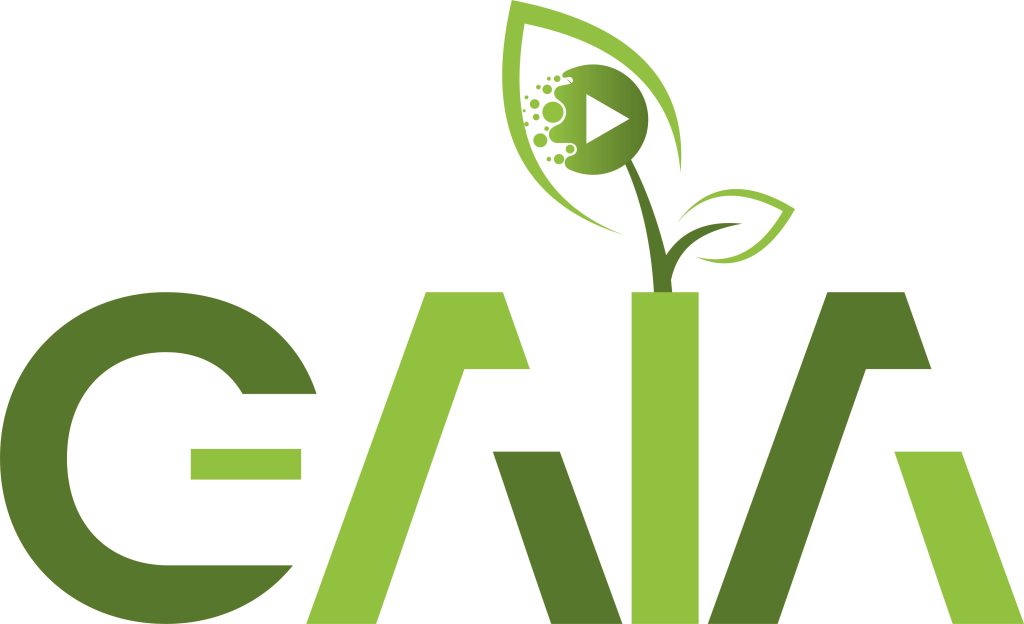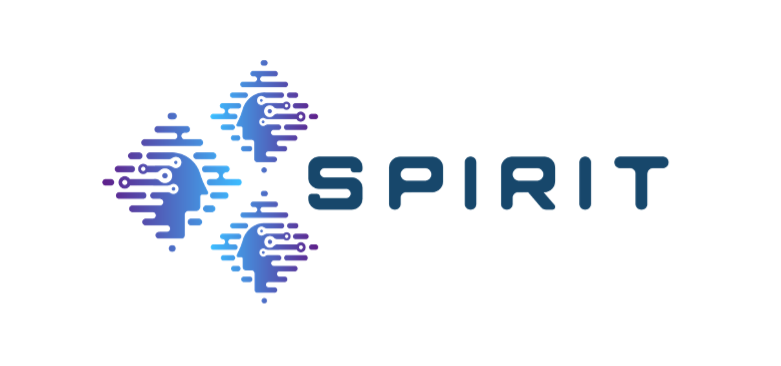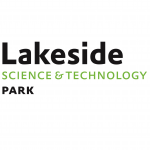Real-time multimedia information and entertainment services – specifically, streaming of digital video and audio content – account for the majority of today’s traffic in the Internet, and their amount and share of traffic are still growing. Users expect to generate, distribute, share, and consume any media content, anywhere, anytime, on any device, in high quality. Although global Internet and individual users’ data transmission rates (“bandwidth”) have been growing exponentially for many years, the growing number and variety of media services, higher spatial video resolutions, more immersive types of media, e.g., 360-degree video, and higher quality expectations of users have led networked media applications to fully utilize the available bandwidth or even to operate under (temporary) bandwidth shortages. For real-time media transmission over the open Internet, a major technical milestone certainly was the advent of the HTTP Adaptive Streaming (HAS) technique. HAS is being widely deployed in the industry today and has been standardized, e.g., as the ISO/IEC MPEG Dynamic Adaptive Streaming over HTTP (MPEG-DASH) standard. While most HAS-based media services work fine even under bandwidth limitations and fluctuations, there are big challenges for multimedia systems, e.g., the tradeoff between increasing content complexity, new requirements w.r.t. time (latency), and quality.
The Christian Doppler laboratory ATHENA (AdapTive Streaming over HTTP and Emerging Networked MultimediA Services) is jointly proposed by the Institute of Information Technology (ITEC; http://itec.aau.at) at Alpen-Adria-Universität Klagenfurt (AAU) and Bitmovin GmbH (https://bitmovin.com) to address current and future research and deployment challenges of HAS and emerging streaming methods. AAU (ITEC) has been working on adaptive video streaming for more than a decade, has a proven record of successful research projects and publications in the field, and has been actively contributing to MPEG standardization for many years, including MPEG-DASH; Bitmovin is a video streaming software company founded by ITEC researchers in 2013 and has developed highly successful, global R&D and sales activities and a world-wide customer base since then.
The aim of ATHENA is to research and develop novel paradigms, approaches, (prototype) tools and evaluation results for the phases
- multimedia content provisioning,
- content delivery, and
- content consumption in the media delivery chain as well as for
- end-to-end aspects, with a focus on, but not being limited to, HTTP Adaptive Streaming (HAS).
The new approaches and insights are to enable Bitmovin to build innovative applications and services to account for the steadily increasing and changing multimedia traffic on the Internet.
The area content provisioning comprises all aspects of multimedia encoding and packaging (encapsulation) to enable adaptive media streaming within heterogeneous environments. The major goal is to reduce the media bitrates (and, thus, storage and delivery costs) while preserving the users’ Quality of Experience (QoE). The key aspect is the efficient, quality-aware encoding beyond state-of-the-art and packaging for adaptive delivery.
Content delivery addresses the content transport and distribution over current and future networks to allow for efficient adaptive media delivery and high-quality consumption on heterogeneous devices. The major goal is to advance the adaptive delivery of multimedia content within content delivery networks (CDNs), modern network architectures like Software Defined Networks (SDNs), and wireless networks (in particular, 5G).
Content consumption covers all aspects within the end user’s environment (media player) including consumption and interactivity. The major goal is to enhance state-of-the-art media players to cope with the increasing multimedia traffic on the Internet and users’ bandwidth needs. The key aspect is to enable high QoE for the end users according to the given use cases (e.g., live, video on demand, virtual reality, augmented reality).
End-to-end aspects comprise various optimization techniques across all building blocks including their possible interactions. A major goal is to optimize the adaptive delivery with respect to storage/CDN costs and QoE of the end users for the given use cases. The key aspect is to jointly reduce encoding bitrate (i.e., during content provisioning), enable efficient adaptive content delivery, and allow for high QoE (i.e., content consumption).
The ATHENA work plan has a simple structure. It comprises six work packages (WPs), with four technical WPs (WP1–WP4), one per area as described above, WP5 dealing with dissemination, and WP6 addressing management including IPR regulations. The head of the ATHENA laboratory will be Prof. Christian Timmerer, a renowned expert in adaptive media streaming and QoE; he will oversee the entire work and lead most of the research areas. Prof. Hermann Hellwagner will act as another key researcher, mainly supervising the content delivery area and contributing to end-to-end aspects. Additional personnel to be hired for the research will comprise three post-doctoral researchers and six PhD students (at a given time, with two cohorts of PhD students being foreseen for the seven years duration of the lab). ATHENA aims at publishing at the leading conferences and in renowned journals in the field.
Last updated: June 2, 2023 at 7:56 am by Christian Timmerer













